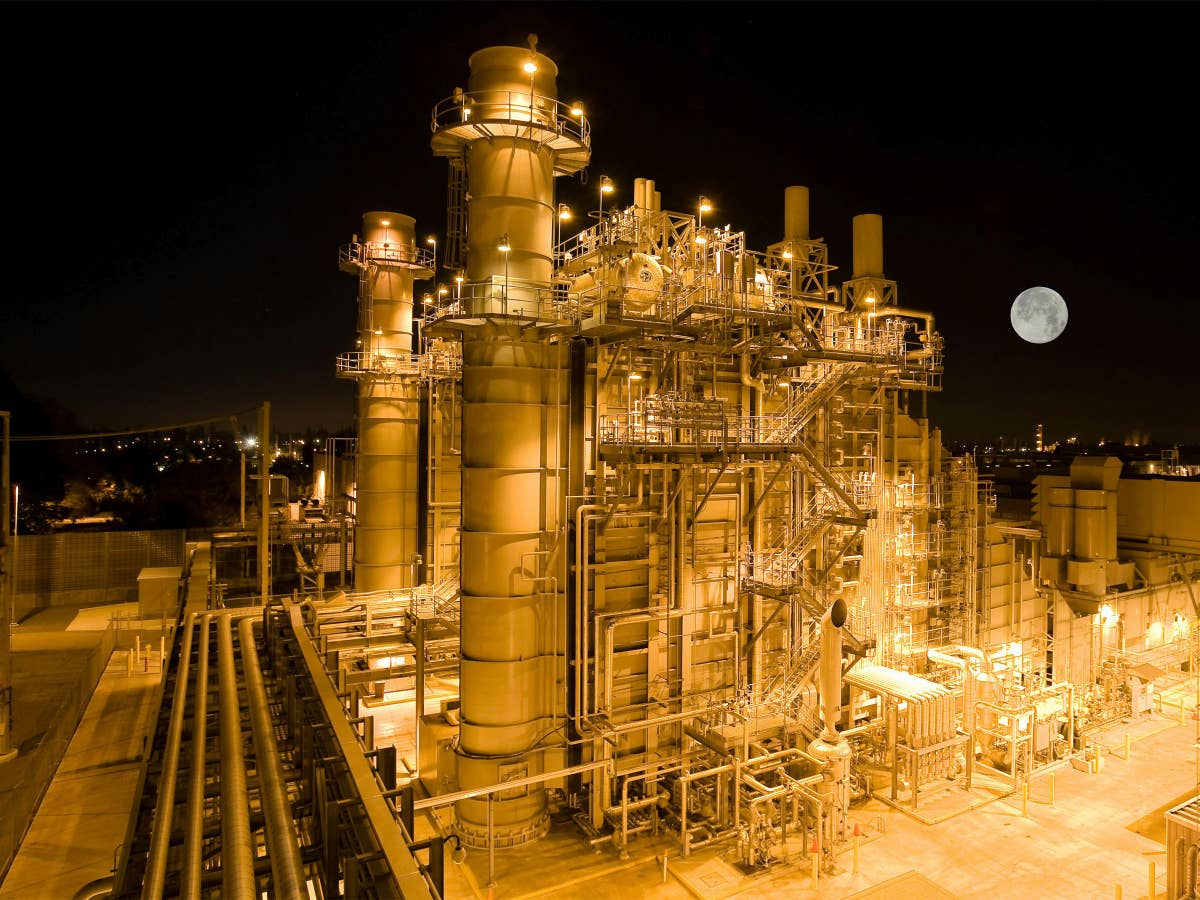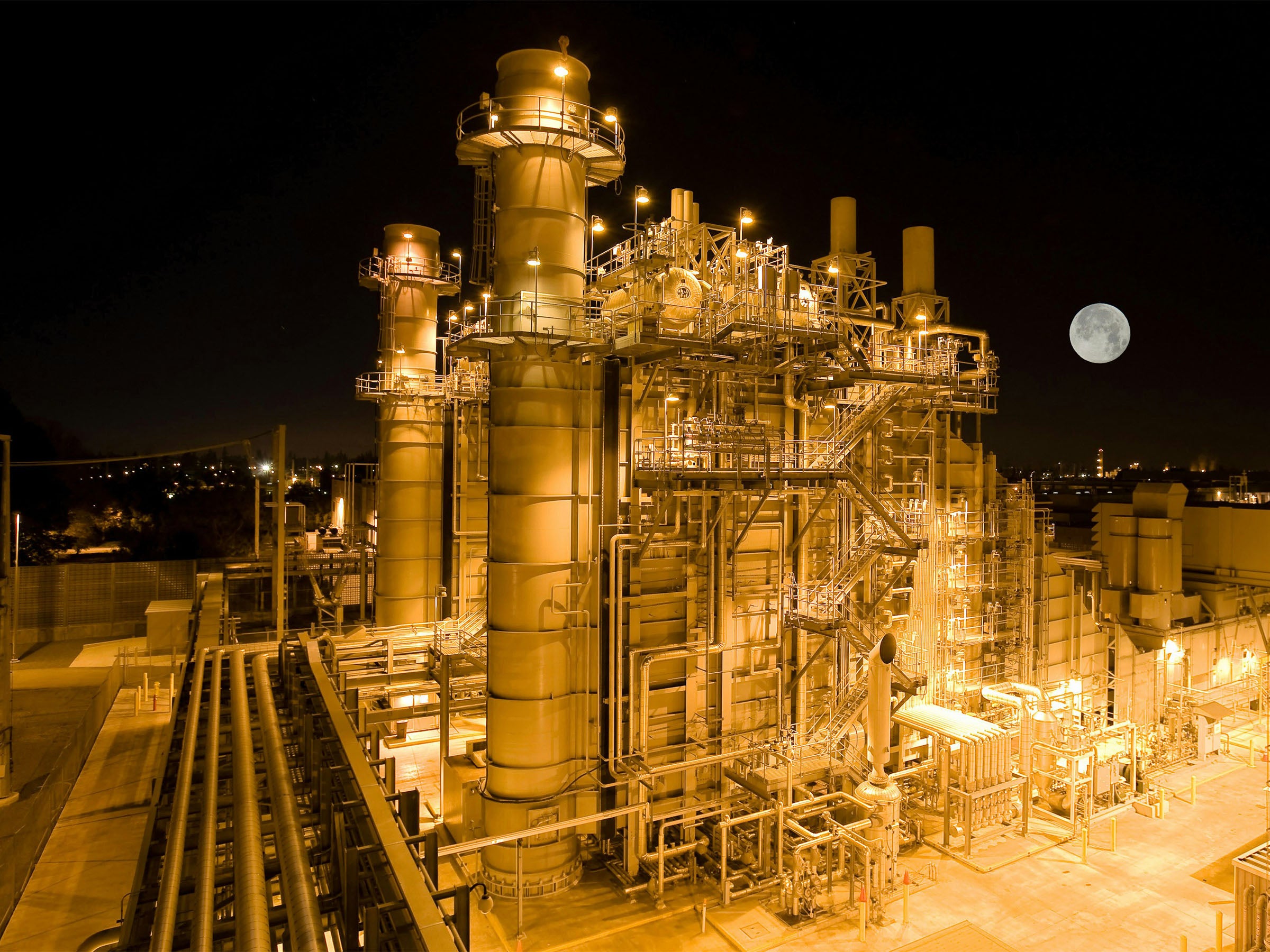Nuclear fusion has been a carefully researched area of energy production for decades. With their help, nuclear energy can be used without having to accept the risks of nuclear fission. But can this future-oriented technology solve the energy transition problem in time?

Clean energy in large quantities? This technology is intended to be delivered
Researchers around the world have gained new hope in using nuclear fusion energy after the results of a US experiment. At Lawrence Livermore National Laboratory, researchers have succeeded for the first time in generating a fusion reaction that provides more energy than is required to start the reaction. Subsequent experiments even demonstrated that nuclear fusion results could be improved even further. The Ministry of Research in Germany is now showing increasing interest in nuclear fusion and wants to build a fusion power plant in this country as soon as possible. However, experts warn that excessive optimism is not appropriate.
Nuclear fusion as an alternative to nuclear fission
Nuclear fusion is considered an alternative to delivering nuclear energy under better conditions than nuclear fission in nuclear power plants. While nuclear fission produces long-lasting, highly radioactive elements, nuclear fusion produces only small amounts of radioactive waste with a relatively short half-life. Nuclear fusion reactors operate on the basis of the sun to fuse hydrogen atoms to form helium. However, previous attempts to generate energy using nuclear fusion have seen only slow progress. A sad example of this is the massive ITER research reactor, which was built as a prototype power plant, but has instead evolved into a billion-dollar graveyard whose future remains uncertain. With the results of research from the United States of America, the opportunities for nuclear fusion to produce energy seem more favorable.
However, it may take decades before power plants are actually developed to provide energy. Jan Wohland, research assistant at Professor of Climate Physics at the Swiss Federal Institute of Technology (ETH) ZurichFinds clear words for this. “Given the limited progress in nuclear fusion in the past, it seems to me very unlikely that nuclear fusion will make a significant contribution to our energy supply in the next few decades.” But if nuclear fusion succeeds, it could be an effective solution. “Game changer.” In contrast to other power generation options such as solar and wind, it will be independent of the weather. But today no one can predict when or at what cost nuclear fusion might be used.
Fusion power plant for Germany?
Minister Bettina Stark-Watsinger and her Research Ministry still want to tap into the potential of nuclear fusion. It would like to secure a research role for Germany in fusion research and offer a corresponding fusion research programme. Its goal is to build a fusion power plant in Germany “as quickly as possible.” German fusion research institutions are confident that a German or European experimental power plant can be established within 20 years. Provided that it is a very ambitious program and is properly resourced, says Klaus Hesch, spokesman for the KIT FUSION program at the Karlsruhe Institute of Technology (KIT). It will likely take much longer before the power plant is officially connected to the German electricity grid.
Therefore, nuclear fusion cannot represent a short-term solution to the energy transition. Nuclear fusion is also not suitable today for reducing emissions. We in Germany must take a step away from fossil fuels and towards renewable energy long before nuclear fusion becomes a real possibility to support our energy supply. Wind and solar energy, along with the expansion of grids and large-scale storage facilities, must remain the mainstays of the energy transition. But in the long term, nuclear fusion could provide what this type of energy production lacks today: the ability to provide energy when it is needed, completely independent of weather conditions. The research project may not provide short-term relief for the energy transition, but it may be necessary action in the long term.

“Certified tv guru. Reader. Professional writer. Avid introvert. Extreme pop culture buff.”







More Stories
Pitch: €56m for energy startup Reverion
Plastoplan: Plastics for Energy Transition
Canon Launches Arizona 1300 Series with FLXflow Technology